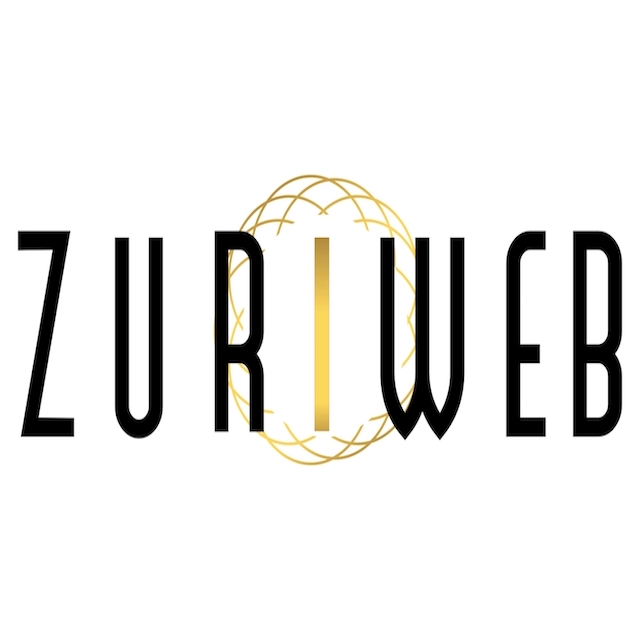The Charitable Bequeathal
- Richard DeNapoli
- Nov 1, 2018
- 2 min read
WANT TO LEAVE MONEY TO A CHARITABLE ORGANIZATION? HERE'S HOW TO DO IT WISELY
There is a strong sense of pride in the Coral Gables community, with so many generous residents who volunteer their time and provide gifts to philanthropic interests. Recognizing that many of these causes are near and dear to the heart, many citizens may want to remember a charity, cause, or organization with a monetary gift when planning your estates.
However, it’s important to consider the vehicle you use to make the charitable bequest because it can have a great impact not only on your heirs, but also the organization you’re trying to support, which can have unintended tax consequences. Fortunately, there are easy remedies.
Keep in mind that what your heirs will inherit after your demise are the assets you earmarked for them after taxes. So, when deciding how to structure your will or revocable trust, you want to always assess the tax consequences to your heirs of any class of assets.
In the mix of investments most retired people have, there is almost always an IRA or 401K, for which the taxes are deferred throughout the life of the individual who owns the plan. When that person passes away, however, those taxes become due and payable by whoever inherits the proceeds of the plan. If your heirs are the beneficiaries of a 401k or IRA, they will be hit with those taxes, either immediately or when they begin to draw down the proceeds.
There is an exception, however: charities, churches, and some non-profit organizations would enjoy the windfall in its entirety because they are tax-exempt. So, the idea is to give the charity or organization that asset which would be least tax-efficient if your heirs were to receive it. You can then leave your heirs more tax-efficient investment vehicles. (The only time this makes no sense is with a Roth IRA or a Roth 401k, which you can leave to your heirs tax-free.)
There are several added benefits that make this strategy even more appealing. Most, if not all, plans allow you to list several people or entities as your beneficiaries. It’s free, and you can also change them as often as you want by changing the beneficiary form. Even better: there’s no trip to the lawyer’s office.
Also keep in mind that smaller non-profits – houses of worship, for example – may not have the resources to file the paperwork necessary to receive the gift you’ve left them. Some IRA providers have a long list of requirements that must be met before funds can be disbursed. Or you may not have confidence in the broker’s diligence to guide the charity in such a situation. In such cases, you may want to consider a donor-advised fund, which will reduce complications immensely.
The bottom line: There are different ways to leave assets to your heirs and others, and varying tax consequences attached. Planning is essential.

Richard DeNapoli is Chief Trust Officer and Chief Fiduciary Counsel at Coral Gables Trust Company


















Comments